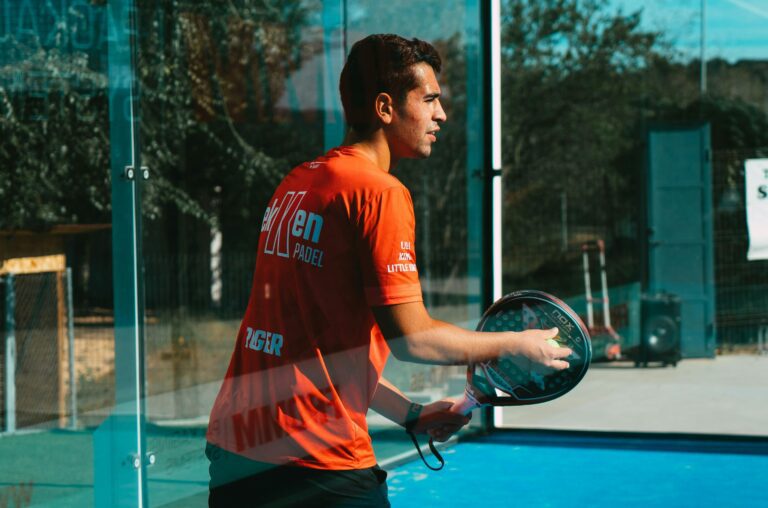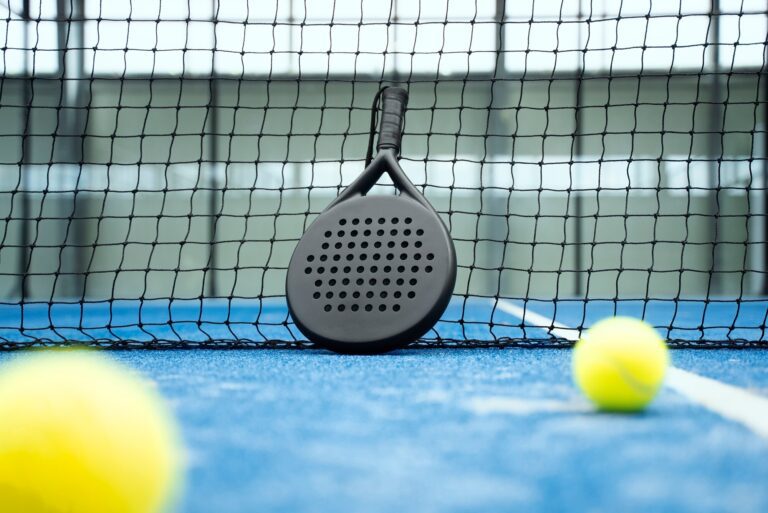If you’ve been anywhere near a sports club, a gym, or even just scrolling through social media, you’ve probably heard people talking about padel. It seems like one day nobody knew what it was, and the next, everyone and their neighbor was stepping onto a court. But is padel really the fastest-growing sport, or is it just another trend that will fade away? As someone who has been deeply involved in the game, I can confidently say that padel isn’t just growing—it’s exploding in popularity worldwide, and there are solid reasons behind it.
The Global Growth of Padel

Padel’s growth isn’t just anecdotal; the numbers back it up. According to the International Padel Federation (FIP), the number of registered padel players has skyrocketed in the last decade, with over 25 million people playing across more than 90 countries. That’s an insane growth curve for a sport that, just a few decades ago, was relatively unknown outside of Spain and Argentina.
In countries like Sweden, Italy, and even the UK, padel courts are being built at an unprecedented rate. Tennis clubs are adding padel courts to their facilities, entrepreneurs are opening private padel clubs, and even former professional athletes from other sports are jumping on the bandwagon. If this isn’t the definition of a booming sport, I don’t know what is.
Why Is Padel Growing So Fast?
1. Easy to Learn, Hard to Master
One of the biggest reasons for padel’s explosive growth is its accessibility. Unlike tennis, which requires a significant amount of skill before you can have a proper rally, padel allows beginners to pick up a racket and start enjoying the game almost immediately. The walls, the underhand serve, and the smaller court size make it easier to play, but the strategic depth keeps more advanced players constantly improving. This combination makes it appealing to a wide range of people, from complete beginners to seasoned athletes looking for a new challenge.
2. Social and Addictive
Padel is played in doubles, making it an inherently social sport. Whether you’re playing for fun with friends or competing in local tournaments, the game brings people together. The pace of play allows for conversation between points, and the frequent rallies keep the energy high. It’s not just a workout; it’s an experience, and that’s why so many people keep coming back for more.
3. Great for All Ages and Fitness Levels
Unlike high-impact sports that take a toll on the body, padel is relatively easy on the joints while still providing a full-body workout. It’s the kind of sport you can play well into your 50s, 60s, and beyond without constantly worrying about injuries. This inclusivity means that padel attracts a diverse group of players, from young kids just starting out to retirees looking for an enjoyable way to stay active.
4. Celebrity Endorsements and Media Exposure
When top athletes and celebrities start promoting a sport, people take notice. From former tennis stars like Rafael Nadal investing in padel clubs to football legends like Zlatan Ibrahimović playing regularly, the sport is gaining serious credibility. On top of that, social media is flooded with highlight reels of insane padel rallies, which helps introduce the game to new audiences every day.
5. The Growth of Professional Padel
The rise of the professional padel circuit has also contributed to the sport’s rapid expansion. The World Padel Tour (WPT) and Premier Padel have brought increased visibility and legitimacy to the game, with high-profile tournaments being broadcast to millions of viewers. This professionalization has inspired a new generation of players to take the sport more seriously, fueling its growth at both the amateur and elite levels.
Padel vs. Other Fast-Growing Sports
It’s one thing to say that padel is growing quickly, but how does it compare to other rapidly expanding sports? Pickleball has been making headlines, particularly in the U.S., where it’s seen a massive surge in popularity. However, padel has a significant advantage in terms of its global reach. While pickleball remains largely confined to North America, padel is expanding across Europe, South America, the Middle East, and even Asia.
Other sports like esports and mixed martial arts (MMA) have also experienced rapid growth, but they don’t offer the same mix of social interaction, physical exercise, and accessibility that padel does. This unique combination is what sets padel apart and fuels its continued expansion.
The Future of Padel

If the current trend continues, padel could very well become one of the most played sports in the world within the next decade. Countries that were previously unfamiliar with the game are now investing in infrastructure, and international governing bodies are pushing for padel to be included in future Olympic Games.
More brands are entering the padel equipment market, making high-quality rackets, shoes, and apparel more accessible. The more people who get involved—whether as players, investors, or fans—the bigger the sport will become.
Final Thoughts
So, is padel the fastest-growing sport? Based on the numbers, the investment, and the sheer number of people falling in love with the game, I’d say the answer is a resounding yes. Padel has everything needed to keep expanding: it’s easy to learn, incredibly fun, social, and adaptable for all ages and skill levels. Whether you’re a beginner picking up a racket for the first time or a seasoned athlete looking for a new challenge, padel has something for everyone.
If you haven’t tried it yet, what are you waiting for? Find a court, grab some friends, and experience firsthand why this sport is taking over the world.
#1 Resource For Padel Guides, News and Reviews Daily Stay Ahead with Expert Insights, Product Reviews, and Guides.





